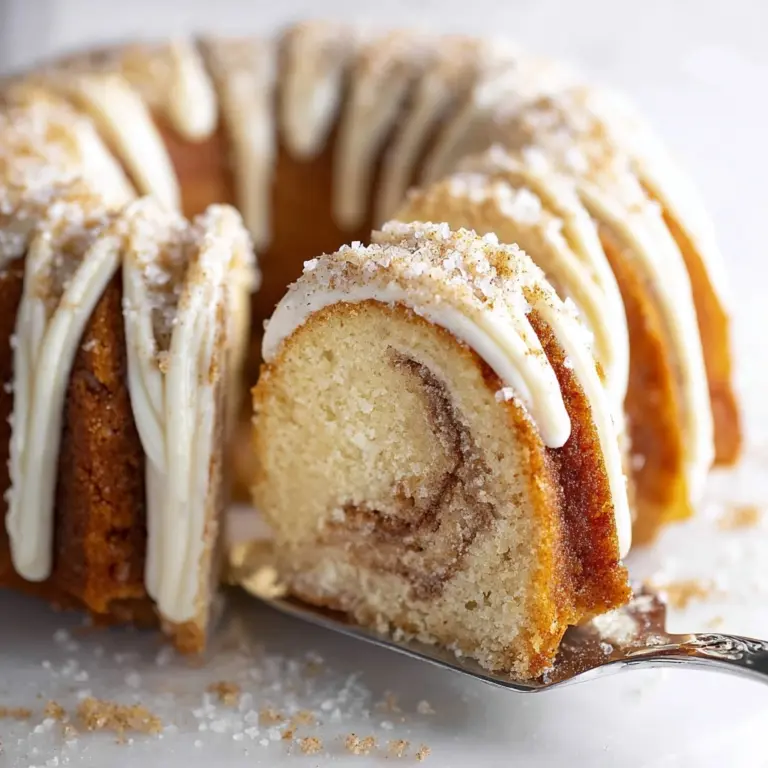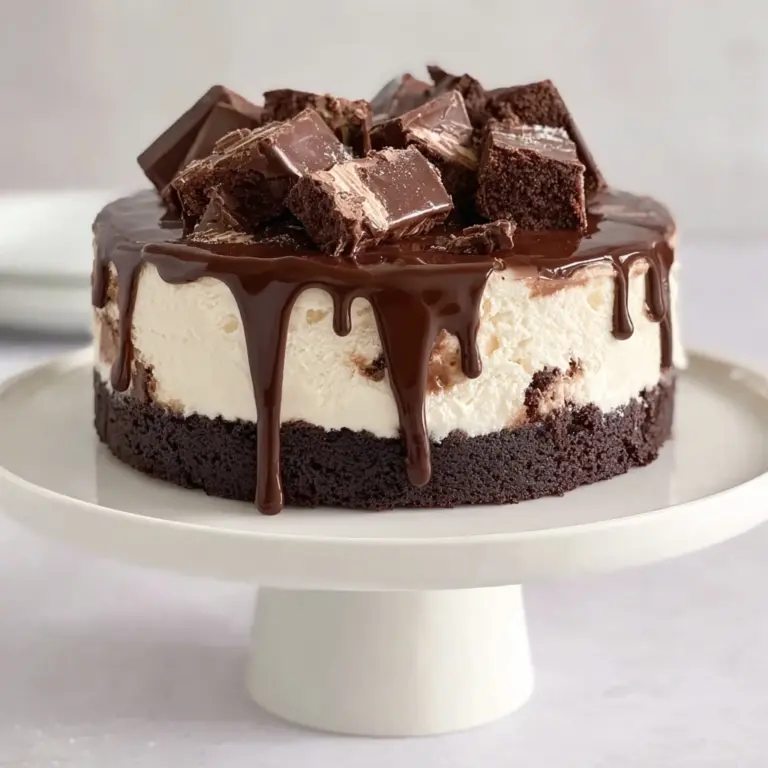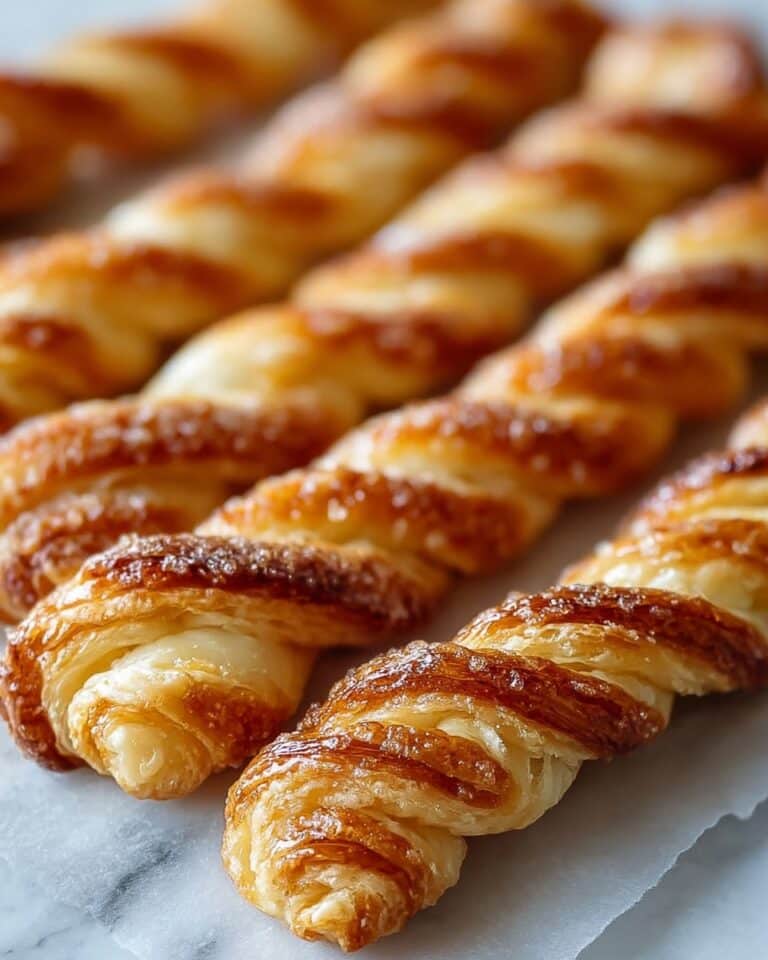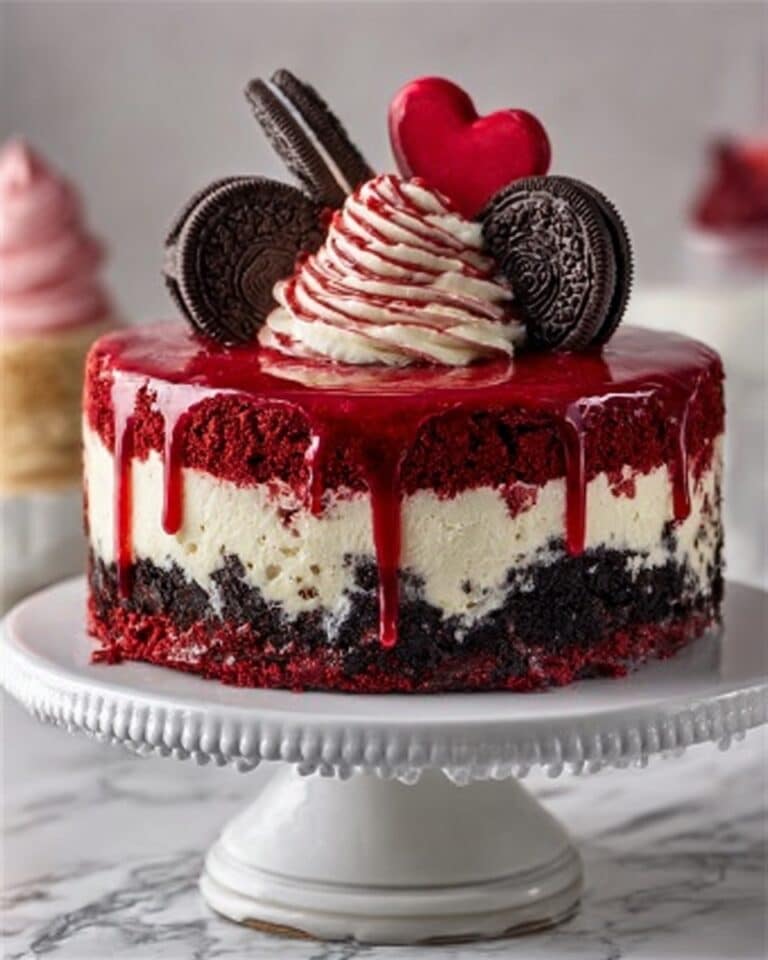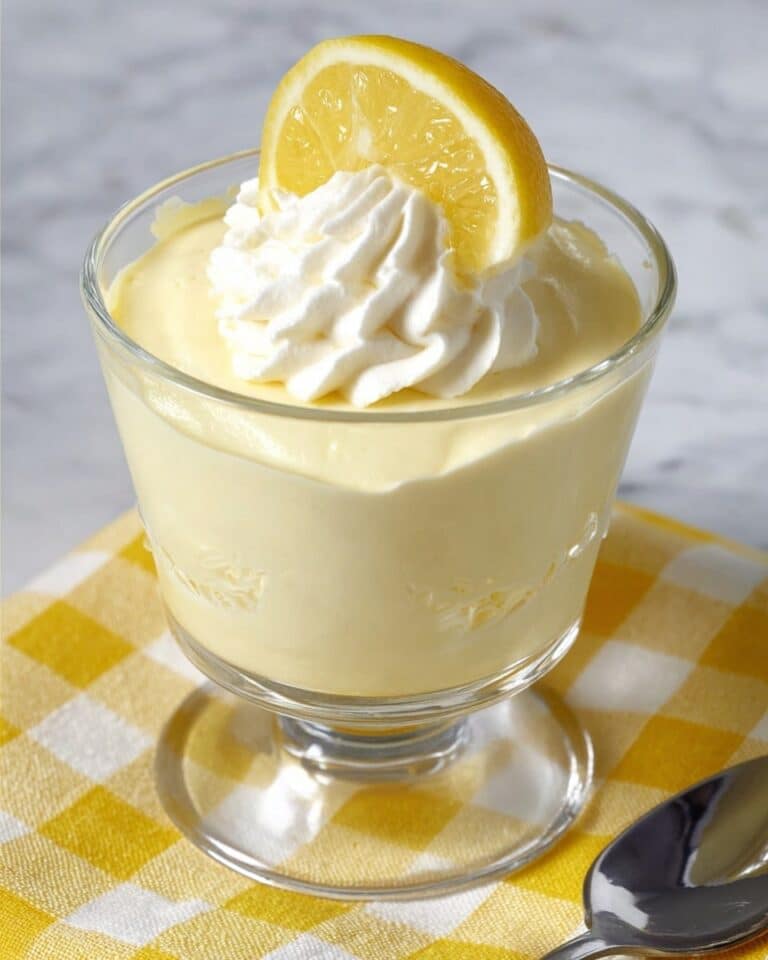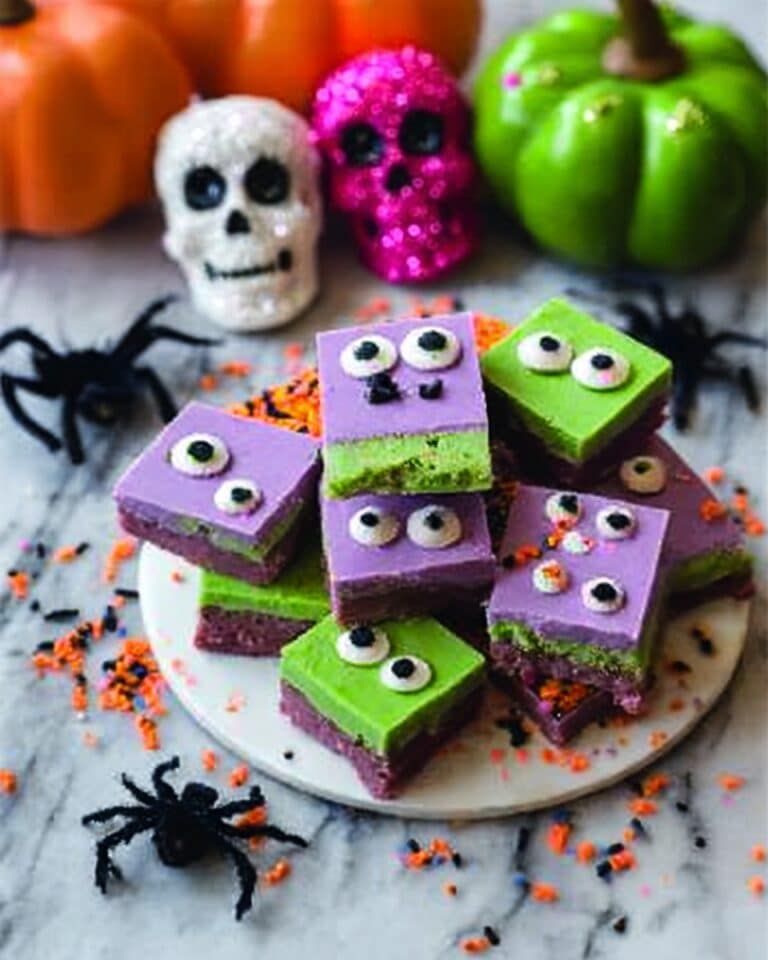Burnt Basque Cheesecake in a Loaf Pan Recipe
If you are craving a dessert that feels both indulgent and effortlessly chic, you absolutely must try making this Burnt Basque Cheesecake in a Loaf Pan. This version transforms the classic Spanish burnt cheesecake into a home-friendly loaf shape, making it both unique and easy to slice for sharing or savoring solo. The beautifully caramelized top contrasts with the ultra-creamy interior, creating a symphony of textures and flavors that dance on your palate. Whether you’re a cheesecake connoisseur or new to this style, this loaf pan twist is sure to become a beloved staple in your dessert repertoire.

Ingredients You’ll Need
This Burnt Basque Cheesecake in a Loaf Pan calls for a handful of simple, everyday ingredients that come together to create something truly special. Each component plays a crucial role—from the rich cream cheese giving it that velvety smoothness to the touch of flour ensuring the perfect structure without compromising softness.
- Cream cheese (1 1/2 cups, softened): The star ingredient that provides the cheesecake’s creamy, tangy base.
- Granulated sugar (1/2 cup): Adds sweetness and helps with caramelization on top.
- Large eggs (2, room temperature): Bind the batter and contribute to the rich texture.
- Heavy cream (3/4 cup): Makes the cheesecake luxuriously smooth and silky.
- Vanilla extract (1/2 teaspoon): Enhances the overall flavor with warm, fragrant notes.
- Salt (1/8 teaspoon): Balances sweetness and brightens flavors.
- All-purpose flour (1 tablespoon): Just a bit to give structure while keeping it soft and fluffy.
How to Make Burnt Basque Cheesecake in a Loaf Pan
Step 1: Prepare Your Pan and Oven
Start by preheating your oven to 400°F (200°C). This high temperature is key to achieving the iconic burnt top. Line a loaf pan with parchment paper, making sure to leave some overhang—this little trick makes removing your cheesecake from the pan a breeze once it’s baked and cooled.
Step 2: Beat the Cream Cheese and Sugar
In a large mixing bowl, beat the softened cream cheese and granulated sugar together until the mixture becomes very smooth and fluffy. This step is crucial because a well-beaten base translates into that incredibly creamy texture we’re aiming for in each bite.
Step 3: Incorporate the Eggs
Add the eggs one at a time, mixing thoroughly after each addition. Be patient here—the gradual combining helps to keep the batter smooth and avoid lumps, which ensures an even bake and perfect texture.
Step 4: Add Cream, Vanilla, and Salt
Next, pour in the heavy cream, vanilla extract, and salt. Beat again until everything is fully incorporated and the batter looks silky. These ingredients enrich the cheesecake, contributing to both taste and that creamy mouthfeel.
Step 5: Fold in the Flour
Sift in the all-purpose flour and gently fold it into the batter. Avoid overmixing here; you want just enough to combine so the cheesecake holds its form but remains tender and soft.
Step 6: Bake Your Cheesecake
Pour the batter into your prepared loaf pan and tap it lightly on the counter to release any air bubbles. Slide it into the oven and bake for 40 to 45 minutes. You’re aiming for a deeply golden, almost burnt top that contrasts beautifully with the slightly jiggly center beneath—that’s a sign of cheesecake perfection.
Step 7: Cool and Chill
Once baked, let your Burnt Basque Cheesecake in a Loaf Pan cool to room temperature. Then pop it in the refrigerator for at least 4 hours, or better yet, overnight. This chilling step is essential for the flavors to meld and for the cheesecake to set perfectly, making slicing a dream.
How to Serve Burnt Basque Cheesecake in a Loaf Pan

Garnishes
The beauty of this cheesecake is that it’s stunning on its own, but if you want to add a little flair, fresh berries or a dusting of powdered sugar bring a hint of brightness and color contrast. A drizzle of honey or a few toasted nuts can also add a lovely textural nuance.
Side Dishes
Pair this rich and creamy Burnt Basque Cheesecake in a Loaf Pan with a cup of robust coffee or a refreshing glass of dessert wine. A simple salad of citrus segments with mint can be a surprisingly delightful counterpoint to the dense creaminess.
Creative Ways to Present
Try serving slices on elegant plates dressed with a smear of fruit compote or a scoop of vanilla bean ice cream. For a casual gathering, arrange small slices on a wooden board alongside nuts and dried fruit for a charming dessert platter that invites everyone to dig in.
Make Ahead and Storage
Storing Leftovers
Leftover Burnt Basque Cheesecake in a Loaf Pan keeps well in the fridge, tightly wrapped or stored in an airtight container for up to 4 days. This means you can enjoy a slice (or three) over several indulgent mornings or evenings without worry.
Freezing
If you want to stash some away for later, this cheesecake freezes beautifully. Wrap it well in plastic wrap, then foil, and freeze for up to 1 month. When ready to enjoy, thaw it in the fridge overnight to retain that creamy texture.
Reheating
Reheating cheesecake is usually unnecessary, but if you prefer it slightly warm, just let it sit at room temperature for about 30 minutes or heat gently in the microwave for 10-15 seconds—just enough to take the chill off without melting the texture.
FAQs
Can I use a different pan besides a loaf pan?
Absolutely! While using a loaf pan gives a unique shape to this Burnt Basque Cheesecake in a Loaf Pan, you can also use round or square pans. Just adjust baking time slightly, and remember the key is to achieve that golden burnt top with a creamy center.
Why does the cheesecake jiggle in the center when it’s done?
The gentle jiggle means the interior is still soft and creamy, which is exactly what you want. As the cheesecake chills, it will set up firmly while remaining tender—avoid overbaking to keep it from becoming dry.
Is it important to use full-fat cream cheese and cream?
Yes, full-fat versions help achieve the richest, creamiest texture and the best flavor. Lower fat alternatives may yield a less smooth or dense cheesecake, so for authentic Burnt Basque cheesecake results, stick to full-fat.
Can I make this cheesecake dairy-free?
Dairy-free substitutions can be tricky because the creaminess comes from cream cheese and heavy cream. Options exist, but they may alter the texture and flavor significantly. For the classic experience, it’s best to use the original ingredients.
How do I get that perfect burnt top?
Baking at a high temperature (400°F/200°C) is the secret, which caramelizes the sugars on top beautifully. Just keep an eye during the last few minutes of baking to ensure it doesn’t burn too much. The goal is a deeply golden, slightly charred crust that adds complexity to the flavor.
Final Thoughts
There’s something undeniably magical about this Burnt Basque Cheesecake in a Loaf Pan. It’s a dessert that feels special yet is surprisingly simple to make at home, perfect for impressing friends or indulging yourself. Once you try it, this will undoubtedly become one of your go-to desserts when only something rich, creamy, and a bit rustic will do. So preheat that oven, grab your loaf pan, and let’s bake something unforgettable!
PrintBurnt Basque Cheesecake in a Loaf Pan Recipe
A rich and creamy Burnt Basque Cheesecake baked in a loaf pan, featuring a deeply caramelized top and a silky, smooth interior. This recipe is a delightful twist on the classic Basque cheesecake, perfect for an elegant dessert or special occasion.
- Prep Time: 15 minutes
- Cook Time: 45 minutes
- Total Time: 4 hours 60 minutes
- Yield: 8 servings 1x
- Category: Dessert
- Method: Baking
- Cuisine: Spanish
- Diet: Vegetarian
Ingredients
Cheesecake Batter
- 1 1/2 cups cream cheese, softened (full-fat)
- 1/2 cup granulated sugar
- 2 large eggs, room temperature
- 3/4 cup heavy cream
- 1/2 teaspoon vanilla extract
- 1/8 teaspoon salt
- 1 tablespoon all-purpose flour
Instructions
- Preheat Oven and Prepare Pan: Preheat your oven to 400°F (200°C). Line a loaf pan with parchment paper, making sure to leave some overhang on the sides to easily lift out the cheesecake after baking.
- Mix Cream Cheese and Sugar: In a large mixing bowl, beat the softened cream cheese and granulated sugar together until the mixture is very smooth and fluffy, ensuring there are no lumps.
- Add Eggs: Add the eggs one at a time to the cream cheese mixture, mixing well after each addition to fully incorporate them without overmixing.
- Add Cream, Vanilla, and Salt: Pour in the heavy cream, then add the vanilla extract and salt. Beat the mixture until everything is fully combined and the batter appears silky and smooth.
- Incorporate Flour: Sift the all-purpose flour over the batter and fold it in gently using a spatula until just combined, to keep the batter light and airy.
- Bake the Cheesecake: Pour the batter into the prepared loaf pan and tap the pan lightly on the counter to release any trapped air bubbles. Bake for 40 to 45 minutes, or until the top is a deep golden brown and the center still slightly jiggles when you gently shake the pan.
- Cool and Chill: Allow the cheesecake to cool to room temperature in the pan. Then refrigerate it for at least 4 hours, preferably overnight, to let it set fully before slicing and serving.
Notes
- Using full-fat cream cheese and heavy cream ensures the creamy texture of the cheesecake.
- Room temperature eggs help to avoid lumps and ensure smooth batter.
- The burnt top is characteristic of Basque cheesecake, so do not be alarmed by its dark color.
- Allow the cheesecake to chill thoroughly for the best texture and flavor.
- Use parchment paper with overhang for easy removal from the loaf pan.
Nutrition
- Serving Size: 1 slice (1/8 of cheesecake)
- Calories: 320 kcal
- Sugar: 18 g
- Sodium: 150 mg
- Fat: 27 g
- Saturated Fat: 16 g
- Unsaturated Fat: 9 g
- Trans Fat: 0.5 g
- Carbohydrates: 13 g
- Fiber: 0 g
- Protein: 6 g
- Cholesterol: 110 mg
Keywords: Burnt Basque Cheesecake, Basque Cheesecake Loaf, Creamy Cheesecake, Spanish Cheesecake, No Crust Cheesecake


